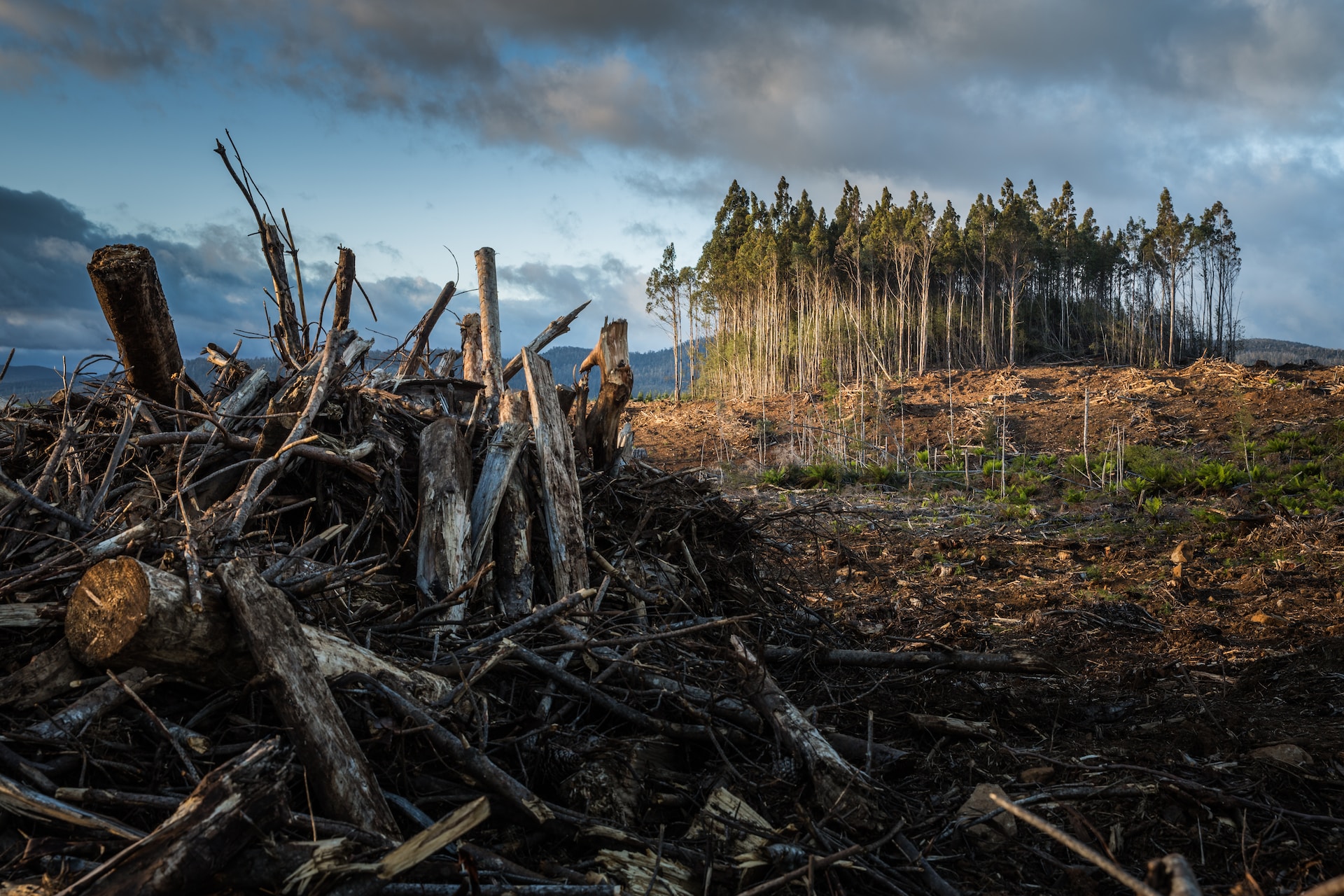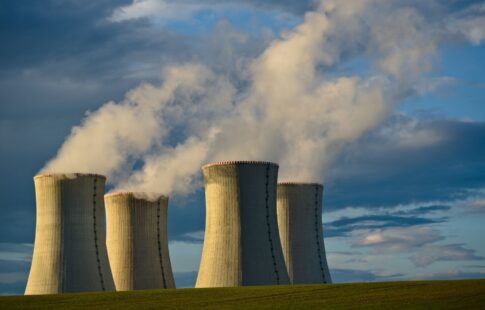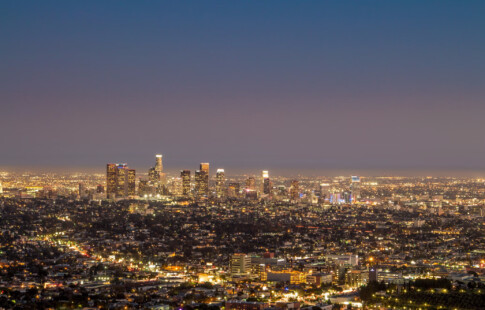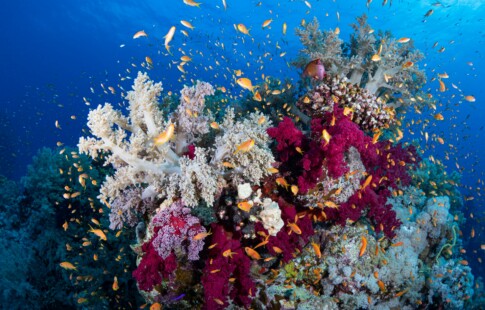
What is Anthropogenic Climate Change?
We are reader-supported. When you buy through links on our site, we may earn affiliate commission.
Anthropogenic climate change poses a major risk to our planet and everything on it, but many people have not heard of this term. What makes anthropogenic climate change different from other sources of global warming? Protecting the environment requires understanding anthropogenic climate change and its many sources.
What is Anthropogenic Climate Change?
Anthropogenic climate change is a term that encompasses the many sources of climate change created by human activity. The most obvious example is traffic. If humans did not drive cars, trucks and other vehicles around, that source of climate change would cease to exist. There are several main sources of anthropogenic climate change.
Transportation
Transportation is one of the world’s leading contributors to climate change. As of 2021, transportation is responsible for at least 38% of carbon emissions from human activities. In many parts of the world, it is the single largest source of emissions. Personal vehicles alone account for 58% of transportation-related emissions, indicating the monumental impact of car-dependent infrastructure.
When many people think of transportation emissions, they often think of air travel. While airplanes do emit large amounts of GHGs, they pale in comparison to the emissions motor vehicles like cars and trucks generate.
Industrial Activity
Activity from manufacturing and other industrial processes generates at least 17% of GHG emissions. There are a wide array of processes and activities that fit under this umbrella, but they often create emissions because they rely on large amounts of electricity or fuel. Reliance on electricity is only going to increase over the coming years as the industrial sector becomes more automated.
Industrial activity is a particularly harmful source of anthropogenic climate change because it also generates significant amounts of pollution in addition to emissions. For example, many conventional manufacturing practices create significant material waste and lead to air and water pollution.
Luckily, this is beginning to change with the help of cleaner manufacturing processes such as additive manufacturing. However, industrial activity must transition to renewable energy to noticeably reduce its carbon footprint.
Power Generation
The power industry is a central source of anthropogenic climate change because it’s the root of emissions for many other industries. For instance, industrial activity relies on electricity which still primarily comes from fossil fuels, such as coal.
As of 2022, power generation accounts for 31% of U.S. carbon emissions, 55% of which is due to coal specifically. Natural gas makes up an additional 43% with small amounts also due to petroleum. The mining and production of fossil fuels also contributes to power industry emissions.
Luckily, power generation has a clear solution: clean energy. Renewable energy sources are low or no-emissions and don’t rely on fossil fuels. Core examples include wind, solar, geothermal and hydroelectric. There are also some in-between power sources, such as nuclear power, which aren’t technically renewable but don’t create large amounts of carbon emissions either.
Architecture
Many people may be surprised to learn that architecture generates carbon emissions. This is primarily due to the activity that goes on inside buildings, such as heating, cooling and electricity consumption.
It requires large amounts of energy to use and maintain buildings, most of which comes from fossil fuels. Part of the problem is that this energy also tends to be used very inefficiently. As a result, buildings demand more energy than they actually need to function, leading to high carbon emissions.
Construction can also contribute to climate change. It generates emissions through electricity and fuel consumption needed for countless pieces of heavy machinery. Construction can also cause pollution and damage to ecosystems surrounding building sites.
Agriculture
When most people think of climate change, agriculture is probably not the first thing that comes to mind. After all, it requires carefully tending plots of land to get healthy crop yields and care for livestock. However, agriculture is a contributor to anthropogenic climate change.
Studies show food systems account for 30% of carbon emissions worldwide. Agriculture can be good for the planet, but unfortunately poor land management, energy-intensive food processing and deforestation lead to a negative impact on the environment. Additionally, much of the equipment used in farming, deforestation and agriculture-related transportation relies on fossil fuels.
Anthropogenic vs Natural Climate Change
A common area of confusion surrounding anthropogenic climate change is how it differs from other types of climate change. Humans are the core differentiating factor. Any source of climate change that humans create is considered anthropogenic.
There are non-anthropogenic sources of climate change. However, it’s important to note that these natural sources of climate change do not contribute anywhere near the volume of emissions human activity does.
Natural sources of climate change are typically either rare instances or processes that develop over thousands of years. They function much slower, which allows ecosystems and wildlife to adapt. In contrast, anthropogenic climate change has rapidly developed over the past century, leading to a dramatic spike in emissions far beyond what the Earth’s atmosphere and environment can withstand.
Examples of Natural Climate Change
Natural sources of climate change include volcanic eruptions, solar radiation, orbital shifts and plate tectonics. Typically, natural climate change occurs slowly over a period of hundreds or thousands of years.
The most famous example of natural climate change is ice ages, periods in prehistoric times when large swaths of the planet became significantly colder than they are today. Scientists believe the most recent ice age was caused by shifts in Earth’s orbit.
Other types of natural climate change can be rapid and even dangerous, though. Volcanic eruptions are a prime example. While eruptions are relatively rare, they do cause local climate change due to the ash and air pollution they create. There have also been volcanic eruptions powerful enough to trigger widespread climate change.
For example, in 536 AD, the world experienced a 10-year-long winter caused by a major volcanic eruption in the northern hemisphere. Scientists and historians believe there may have even been multiple eruptions in the same year. This led to widespread air pollution that blocked sunlight and disrupted natural weather patterns.
As intense as natural climate change sounds, it’s important to recognize that Earth’s environment did bounce back after these incidents. Our planet can heal after major climate incidents if they are spread out enough, the way natural climate change is. Anthropogenic climate change is persistent and growing exponentially, leaving no time for Earth to recover.
Halting Human-Generated Climate Change
Understanding anthropogenic climate change is vital for addressing and resolving global warming. While there are a few natural causes of climate change, they pale in comparison to the damage that human activity is creating. Only by reducing or eliminating sources of anthropogenic climate change can we halt the catastrophic shifts in Earth’s temperature and environment.
Share on
Like what you read? Join other Environment.co readers!
Get the latest updates on our planet by subscribing to the Environment.co newsletter!
About the author

Jane Marsh
Starting from an early age, Jane Marsh loved all animals and became a budding environmentalist. Now, Jane works as the Editor-in-Chief of Environment.co where she covers topics related to climate policy, renewable energy, the food industry, and more.





